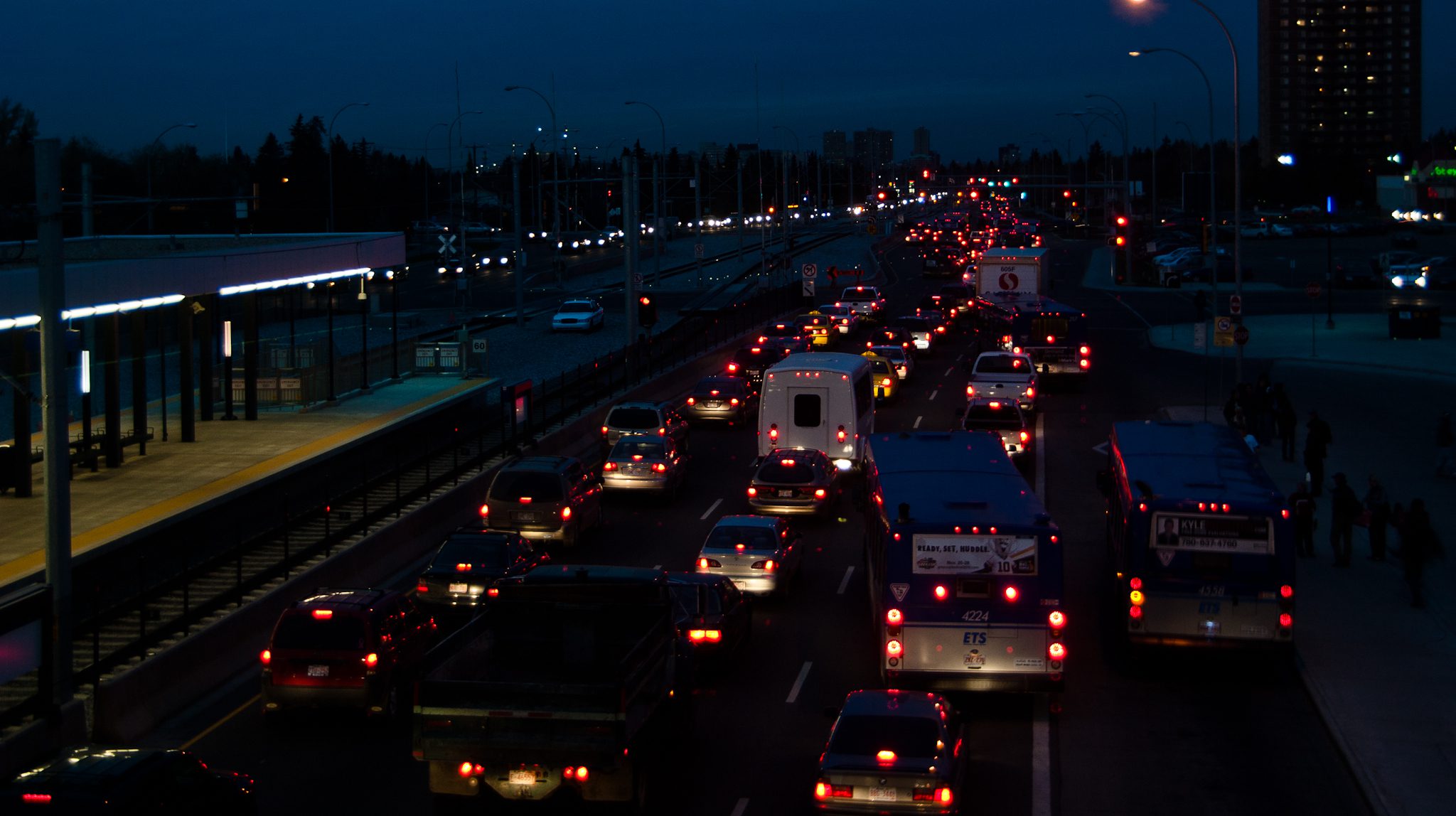
This article originally appeared in the Financial Post. Below is an excerpt from the article, which can be read in full here.
By Philip Cross, August 26, 2022
Canadian drivers are experiencing a double dose of frustration this summer: record gas prices combined with a return to the pre-COVID traffic congestion that for years now has been making it so hard to get around our major cities. When green governments aren’t cavalierly dismissing the exasperating inconvenience to drivers they’re actually embracing it as a strategy for getting people to switch to mass transit. Trouble is, businesses bear the brunt of congestion costs. Estimates are that up to 40 per cent of traffic consists of commercial vehicles. Businesses count on timely deliveries to keep their factories supplied and shelves stocked and to satisfy burgeoning consumer demand for home delivery. For most firms, mass transit is simply not an option. When traffic chronically snarls their only alternative is to move everything but delivery out of city centres.
Most of the disruption to traffic flows is the result of government-erected barriers. Some of these impediments are structural, such as narrower streets, bike lanes and so-called “traffic-calming” measures. Add the seasonal disruption from construction work and getting around becomes a nightmare. A member of Montreal’s ruling party admitted a couple of years ago that barriers were deliberately configured to frustrate drivers. A similar mindset is at work in Ottawa, where I live. The federal government’s imperious National Capital Commission (NCC) seems to want to be the No Cars Commission, closing many of its parkways to vehicles on the flimsy excuse of encouraging outdoor exercise.
Urban planners and environmentalists seem unaware that by making Canada’s urban cores vehicle un-friendly they are pushing Canadian households and firms to live and work outside of large cities, which increasingly is what they’re doing. Earlier this year Statcan reported that population growth between 2016 and 2021 was faster in the distant suburbs (meaning a drive of 30 minutes or more from downtown) of Toronto, Montreal, and Vancouver than their overall growth. In Toronto, these ex-urbs accounted for three-quarters of all gains, as prospective homebuyers searched further out for cheaper houses. Living so far out puts many people beyond the reach of the mass transit systems governments are pouring billions into despite ridership now averaging less than two-thirds of pre-pandemic capacity. Forcing people to move out of cities inevitably increases their carbon footprint, the exact opposite of what planners claim to want to achieve.
***TO READ THE FULL ARTICLE, VISIT THE FINANCIAL POST HERE***





